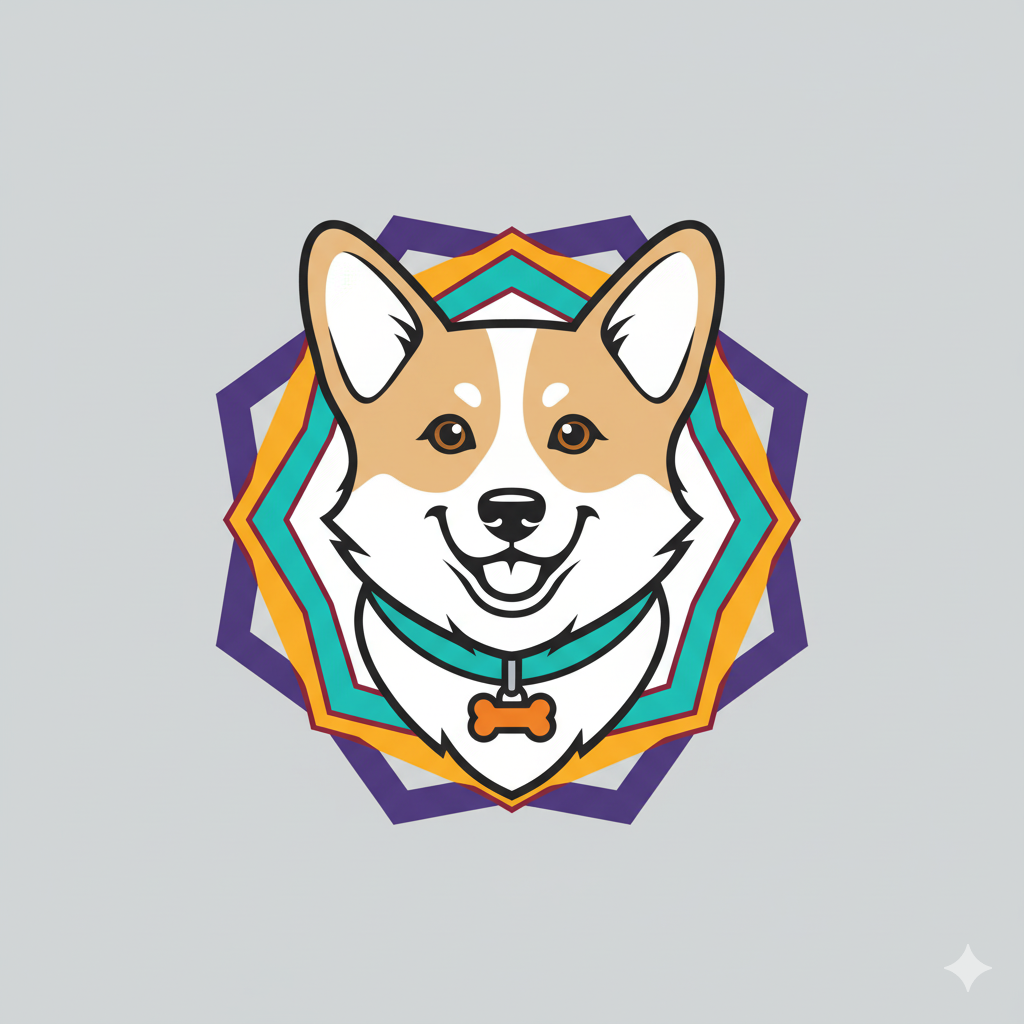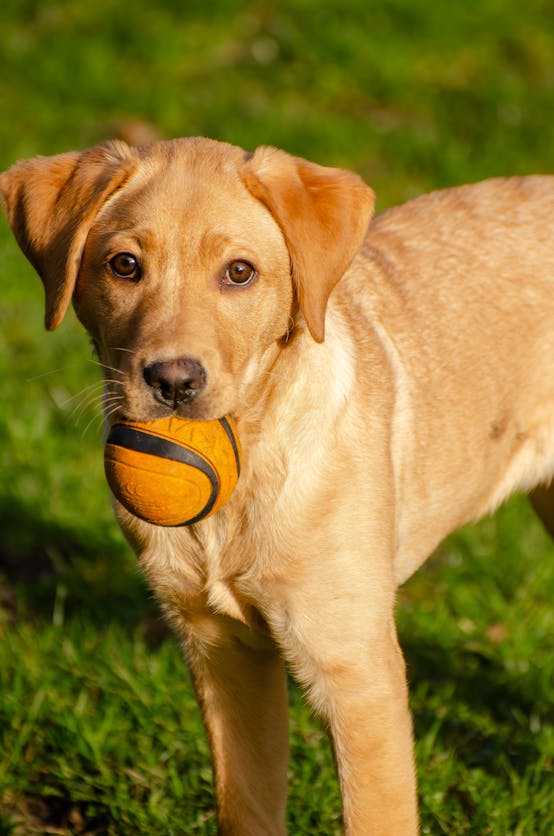Key Differences in Dog Breed Health Needs
Understanding dog breed health starts with recognizing how genetics shape each breed’s unique vulnerabilities. Some breeds inherit specific traits that predispose them to common health problems in dog breeds, making tailored care essential.
For example, Bulldogs frequently experience brachycephalic syndrome due to their compressed facial structure, which can cause breathing difficulties. German Shepherds often face hip dysplasia, a joint disorder that can lead to arthritis and mobility issues. These breed health issues highlight why knowing the typical problems for your dog’s breed matters.
Also to see : What Are the Traditional Roles of Dogs in British Culture?
Genetic screening plays a crucial role in managing these risks early on. By identifying potential inherited conditions, owners and vets can implement preventative strategies, improving quality of life. Regular vet visits ensure monitoring of conditions common to your breed, allowing timely intervention.
Focusing on breed-specific health needs empowers you to provide proactive, informed care. Remember, incorporating knowledge of breed health issues into your dog’s routine care helps prevent complications and supports long-term well-being.
Also to discover : How can you find a reputable dog sitter in the UK?
Exercise and Activity Requirements Across Breeds
Understanding exercise needs by breed is essential for maintaining your dog’s health and happiness. High-energy breeds such as Border Collies or Australian Shepherds require at least 1 to 2 hours of vigorous activity daily. These breeds thrive on activities like agility training, herding exercises, and long runs that match their natural stamina and intelligence. In contrast, low-energy breeds, including many toy breeds and older dogs, often need shorter, gentler walks—sometimes just 20 to 30 minutes—to stay fit without overexertion.
Breed-specific exercise tips can optimize your dog’s well-being. For example, herding dogs benefit greatly from structured play that channels their instincts, while small breeds need frequent, light play sessions indoors or short walks outdoors. Ignoring these activity levels can lead to behavioral problems, such as excessive barking or destructive chewing, especially in high-energy dogs deprived of sufficient stimulation.
Insufficient exercise for any breed can negatively affect both mental and physical health, increasing risks of obesity and joint issues. Tailoring activity to match your dog’s innate energy level is crucial, ensuring a balanced, happy, and healthy canine companion.
Grooming and Maintenance Demands Among Dog Breeds
Understanding breed-specific grooming needs
Dog grooming by breed varies widely due to differences in coat types. For example, long-haired breeds typically demand more frequent grooming sessions to prevent matting and tangles while maintaining coat health. These breeds often need specialized tools such as slicker brushes or combs designed to gently detangle fur without causing pain.
Breeds with a double coat, like Siberian Huskies, require seasonal grooming to manage heavy shedding and maintain undercoat health. Regular brushing during shedding seasons reduces loose hair buildup and helps prevent skin irritations. Conversely, hypoallergenic breeds like Poodles shed less but still need routine coat care to avoid hair clumping and skin issues.
Addressing breed-specific grooming demands is crucial. Failing to manage shedding or matting can lead to discomfort or skin infections. Moreover, grooming often entails costs including professional services and grooming supplies. Time commitment varies; long-haired and double-coated dogs typically require more frequent care, whereas short-haired breeds tend to need minimal grooming.
Recognizing these differences empowers dog owners to match grooming habits to their pet’s unique needs, ensuring both comfort and coat health.
Nutritional Needs and Dietary Considerations by Breed
Understanding the dog breed diet is essential for optimum health. Each breed has unique nutritional demands, influenced primarily by size and metabolism. Larger breeds, such as Great Danes, require diets rich in protein and controlled calcium to support bone development, while small breeds like Chihuahuas need calorie-dense foods to sustain their higher metabolism.
Certain breeds face specific health challenges that affect feeding guidelines for breeds. For instance, Labrador Retrievers often struggle with obesity, so portion control and low-fat diets are critical preventive measures. Meanwhile, breeds like the West Highland White Terrier are prone to allergies. In such cases, limited ingredient diets or hypoallergenic food can significantly reduce allergic reactions.
For some breeds, tailored supplements improve overall wellness. Joint supplements containing glucosamine benefit large breeds susceptible to hip dysplasia, such as German Shepherds. Omega-3 fatty acids can enhance coat health, particularly for breeds like Siberian Huskies that have thick fur.
By addressing breed-specific nutrition, owners ensure their dogs receive the right balance of nutrients, contributing to longevity and better quality of life. Precision in the dog breed diet is a practical way to tackle common issues while catering to each breed’s unique physiology.
Expert Recommendations and Actionable Care Strategies
When seeking veterinarian advice, regular check-ups are essential to catch breed-specific health concerns early. For instance, breeds prone to hip dysplasia or heart conditions benefit from scheduled screenings. Veterinarians often recommend tailored vaccinations, parasite control, and dental care routines reflecting the unique needs of each breed.
Integrating daily dog care tips can significantly improve your pet’s overall health. Activities like consistent exercise tailored to the breed’s energy level, balanced nutrition, and mental stimulation play crucial roles. For example, high-energy breeds require longer playtimes and interactive toys, while smaller, less active breeds may need specific calorie adjustments.
Breed-specific health care also involves attention to grooming and preventive measures, such as ear cleaning or coat maintenance, that help avoid common ailments. Cultivating a routine that includes these actions empowers owners to manage potential risks proactively.
Additionally, many resources and support networks exist to guide owners—from online breed clubs to veterinary specialists—offering advice and community knowledge. Engaging with these platforms ensures ongoing support for your dog’s unique health journey and access to expert insights when new care challenges arise.


